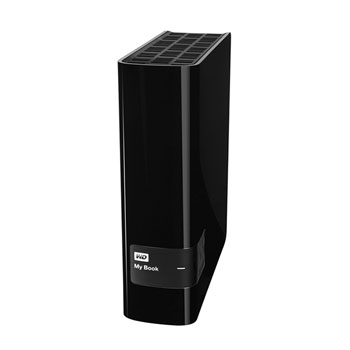


This isn’t a problem given that neither drive can push enough data to saturate the 3Gbps SATA interface. Unlike Seagate, Western Digital’s 3TB drive ships with a 3Gbps SATA interface. Like many modern drives, the 3TB Caviar Green uses 4KB sectors internally however it emulates 512-byte sectors for compatibility reasons. What this means is that all 2.5TB drives will spin at one speed while all 3TB drives may spin at another, both between that 5400 RPM to 6000 RPM range. The spindle speed isn’t dynamic, it’s set at manufacturing and remains at that.Īll green drives will spin below 6000 RPM and the spec never drops below 5400RPM. It attempts to make all drives consume roughly the same amount of max power, which happens to be 3 - 5W below a typical 7200RPM drive. In the Green line WD optimizes for power consumption. I asked WD for more specifics and I got a reasonable explanation. The 3TB specs simply list it as IntelliPower. Western Digital doesn’t disclose actual spindle speed as it isn’t consistent across all Green label drives. While the GoFlex Desk houses a 7200RPM hard drive, WD’s 3TB drive is sold under the Green label. Spindle speed is another differentiating factor between WD’s drive and the earlier Seagate offering. Seagate’s quick time to market justified the former, while Western Digital’s desire to deliver a low power drive demanded the latter.Īs a result the Caviar Green 3TB uses only four 750GB platters, giving this drive the highest platter density of any 3.5” hard drive. While increasing platter count is a quick way to get a larger drive, increasing areal density is the desired approach. Seagate’s external 3TB offering used five 600GB platters to hit the magic capacity point. The Caviar Green line is now home to a 2.5TB and a 3.0TB model, priced at $189 and $239 respectively. Today, Western Digital takes it one step further and announces availability of the internal drive as well. The Essential suffix somehow implies USB 3.0 support. WD’s 3.5” external drives fall under the My Book brand and they have visibly more ventilation than the GoFlex Desk I reviewed.Īs luck would have it, last week Western Digital announced its own 3TB external drive: the My Book Essential. I wasn’t terribly pleased and I wondered if Western Digital’s external enclosure might be better suited for heat dissipation. The performance of the drive wasn’t anything out of the ordinary, but the poorly ventilated chassis seemed ill equipped to deal with the thermal load a 5-platter, 7200RPM 3TB drive would throw at it. It was a 5 platter, 3TB Seagate Barracuda XT inside an external GoFlex Desk chassis. Two months ago I looked at the world’s first 3TB desktop hard drive.


 0 kommentar(er)
0 kommentar(er)
